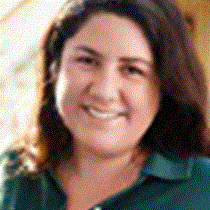Santa Cruz Island
Coming to Santa Cruz is like coming back home. This is the second largest island in the Galápagos, and the most inhabited one; many of our crew and staff are from here. The Charles Darwin Research Station and the National Park Service have their headquarters here, and it is the nursery for thousands of baby tortoises that, after reaching five years of age, are repatriated to their original islands.
Puerto Ayora has grown fast; we could say too fast. Houses have all sorts of designs, colors and architecture. Some resemble the style one can find in the highlands of Ecuador, some look like typical houses of the coastal areas, and some are unique to this place, taking advantage of the introduced Cuban cedar, which makes beautiful doors, windows and ceilings.
The people are diverse too, from all over Ecuador and all over the world. It’s a pretty interesting place as it is a pod of different idiosyncrasies and cultures. Our future leaders will emerge from here, which is why education is key to the future of Galápagos. Lindblad Expeditions and National Geographic truly believe in it and are involved in several inspiring programs. One of them is scholarships for kids from Puerto Ayora at the Tomas de Berlanga School, an institution with a deep conservation philosophy. Our guests visited the school as part of our itinerary, and came back fascinated and impressed.
Tortoises in the highlands were another highlight of the day; everybody found a favorite one and had the chance to enjoy it as long as they wanted, to take the best photographs ever. Our photo experts were spread out in the field and conditions were perfect; what better photo workshop than this opportunity, in the wild, with the unique gigantic creatures of the Galápagos?




